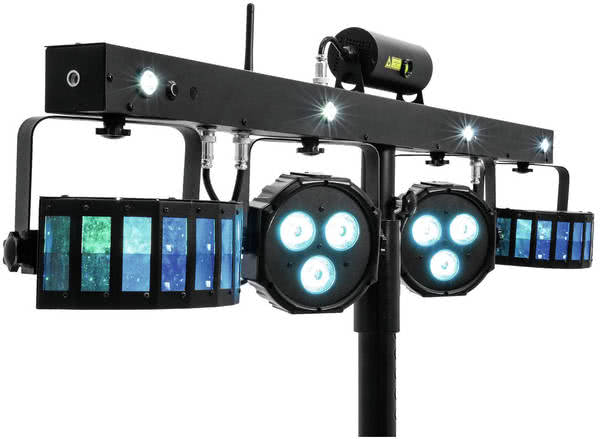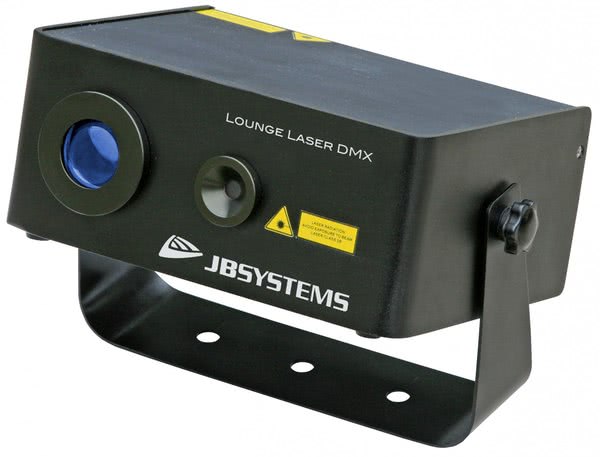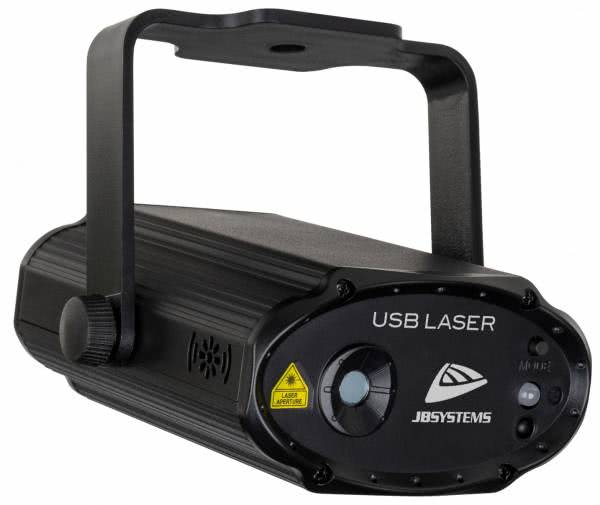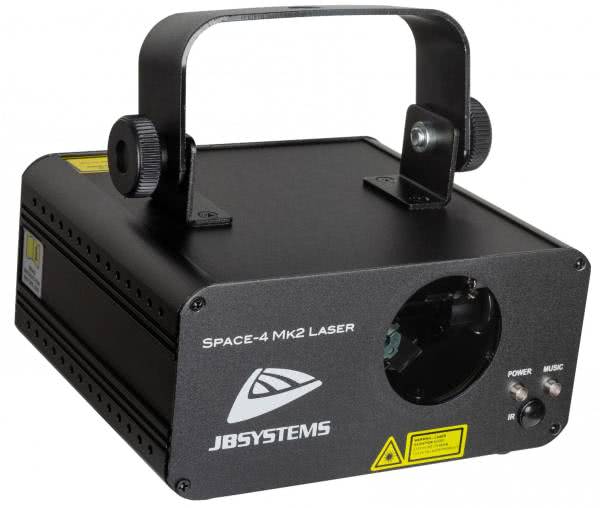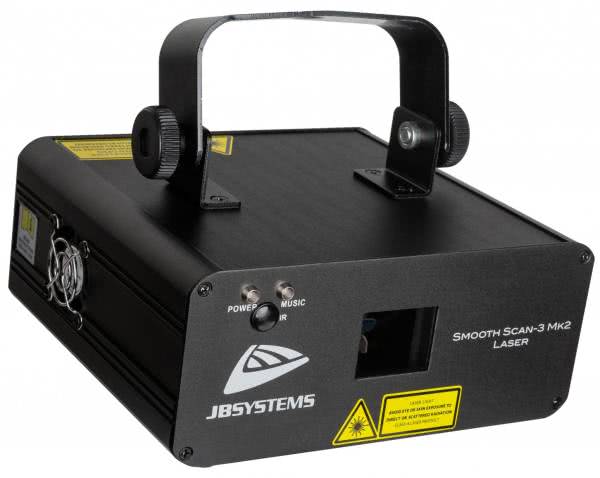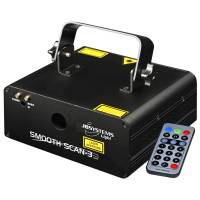 Effect lasers are light effects with integrated laser technology. They usually contain one or different colours and can be controlled manually or operated automatically. A variety of classic lasers conjure up effects in the colours green and/or red on the night sky, the disco wall or another event location. Especially in combination with fog machines and hazer systems the especially bright light beams become visible and create a very special atmosphere.
Effect lasers are light effects with integrated laser technology. They usually contain one or different colours and can be controlled manually or operated automatically. A variety of classic lasers conjure up effects in the colours green and/or red on the night sky, the disco wall or another event location. Especially in combination with fog machines and hazer systems the especially bright light beams become visible and create a very special atmosphere.
Where are effect lasers used?
The lasers are used particularly often in discotheques. They are also used at concerts, shows, rides and at weddings and birthday parties. Mobile DJs especially like to use the effects, as they are usually light and handy. Private individuals also use the effects to decorate their garden, for example at Christmas or Halloween. In America, Christmas lasers have long been a trend. They conjure up snowflakes, bells, stars, snowmen and Christmas trees as light effects on the house wall, or the hedges and trees. The trend has now also arrived in Germany and is widely spread. Show lasers are also increasingly used in own laser shows or for special art events with 3D effect.
Which types are there?
Lasers are available in all possible sizes, price ranges and accordingly of course with all effects. Spirals, patterns, points, circles, grids, waves, 3D effects. The range is huge.
How does it work?
Laser light effects can be operated in automatic mode. The machine then automatically changes the effects and patterns. The laser then works all by itself. This is especially practical for private use in your own party room or at the next garden party. The effects are even better to look at if the laser has a "sound to light" function. Then the device changes the speed and patterns according to the music. If the laser has a DMX connection, it can of course also be programmed. For example for stage shows.
Dangers?
Depending on the type, distance and angle, laser light is not without danger and can cause permanent eye damage. Therefore, before buying, it is essential to research which legal requirements must be met if the effect laser is to be used in public. Laser shows have to be approved by the TÜV (German Technical Inspection Agency) for a permanent installation.
What does a disco laser cost?
Cheap effect lasers for the private party cellar are usually available from around 30 euros. The sky's the limit. Large effect machines for stage shows and extra laser shows can cost several thousand euros.
What are the advantages?
Laser effects are simply something very special. The light is particularly bright and can therefore usually be seen with the naked eye during the day. This is only the case with very few other light effects. In combination with hazers that create a dense fog (or classic fog machines) the rays of the laser effects are easy to see. The lasers are therefore often integrated in stage shows and used in very special places. They are used to set colorful accents and create unforgettable moments.
The wide range of recordcase.de
We offer various laser lights in different price categories.
JB-Systems Lounge Laser DMX , JB-Systems Micro Quantum Laser and JB-Systems Smooth Scan 3 Laser are just a few examples. It is worth looking around.

